Saskatchewan Grade 4 Science - Full Year Bundle - GOOGLE/PDF INCLUDED
Saskatchewan Grade 4 Science - Full Year Bundle - GOOGLE/PDF INCLUDED
Interested in a bundle? Shop below instead!
Couldn't load pickup availability
PRODUCT PREVIEW
Grade 4 – Saskatchewan Science Curriculum – This resource covers all outcomes and indicators in the Grade 4 - Saskatchewan Science Curriculum.
GOOGLE CLASSROOM VERSION - PDF INCLUDED! This gives you the ability to print worksheets as well as distribute a digital copy of the resource to your students on Google Classroom.
Check out each of the strands below to learn more about the resources included in this bundle.
Habitats and Communities
Some of the concepts that are covered:
- What are habitats?
- What is a community?
- Terrestrial habitats vs aquatic habitats
- Difference between organism, population, species, community, and habitat
- Survival needs for organisms in habitats
- STEM Assignment – Creating a zoo animal enclosure to match the survival needs of an animal
- Tracking animals – scat, urine, footprints, feathers, etc.
- Experiment – creating an animal track
- Plants and animals living in your area
- Animal adaptations that allow them to survive in their habitat
- Desert habitat – warm and cold deserts - climate, vegetation, animals, adaptations
- Grassland habitat – climate, vegetation, animals, adaptations
- Forest habitats – tropical forests, temperate forests, and boreal forests
- Importance of trees and forests for animals
- Aquatic habitats – wetlands
- Wetlands near us
- Plant and animal adaptations in wetlands
- Aquatic habitats – deep ocean and coral reefs
- Interaction of living and non-living things in habitats
- Experiment – creating a habitat with living and non-living things
- Food chain – producers, consumers and decomposers
- Creating a food chain
- Ordering food chains in different habitats – Arctic, African Savanna, Wetlands
- Food webs
- Herbivores, carnivores, and omnivores
- Experiment – creating model animal feces based on their diet
- Limits of habitats – carrying capacity
- Specialized vs generalized species
- Extinction and endangered species
- Human dependency on habitats – how humans affect habitats
- Wildlife populations and communities – endangered animals and extinction
- Human caused changes to habitats
- Human activities helping and harming habitats – selective breeding, hydroponics, crop rotations
- Role play activity – acting out how humans are harming habitats and how we can help them
- How you can help habitats
- Unit test
- Answer pages for all activities
Light
Some of the concepts that are covered:
- What is energy – light
- All about light – interesting facts
- Light sources – natural and artificial light
- Light emitters and light reflectors
- Properties of light – light absorbing, light reflecting, and light refracting
- Experiment – Light Maze
- Refracting light – reading and questions
- Experiment – demonstrating light refraction
- Light travelling in a straight path
- Experiment – creating shadows by changing the position of the light source
- Opaque, transparent, and translucent objects
- Experiment – finding translucent, transparent and opaque materials
- White light and why we see colours
- Light waves – frequency, wavelength, and amplitude
- Electromagnetic spectrum – visible light spectrum
- Different forms of radiation
- Advantages/disadvantages of radiation: X-rays, gamma rays, infrared, ultraviolet, and radio waves
- Light interacting with different materials
- Light and heat – wasting energy
- Objects and devices that create both light and heat
- Experiment – testing the energy efficiency of different light bulbs
- Devices that use light – research assignment
- Optical devices – microscope, telescope, magnifying glass, contacts, and glasses
- Lab – making a kaleidoscope
- Protecting our eyes from light
- Lasers - coherent versus incoherent light
- Light pollution – affecting the environment
- Experiment – creating different colours of light to set different moods
- History of streetlights
- STEM Activities
- Unit test
- Answer pages for all activities
Sound
Some of the concepts that are covered:
- What is sound?
- Sound is energy
- Activity – guess the sound
- Artificial and natural sounds
- Need for sound – why sound is important
- Musical instruments – different sounds
- Activity – guess the musical instrument
- How we hear – anatomy of the ear
- How we make noise – larynx (voice box)
- Super hearing animals
- Activity – creating a super hearing animal
- Sound vibrations making sound
- Vibrations – sound waves
- Sound travelling through matter: solids, liquids, gases
- Experiment – testing how sound travels through solids, liquids, and gases
- Properties of sound – absorbing and reflecting sound
- STEM Assignment – creating a soundproof room
- Experiment – making a soundproof room and testing it
- Pitch, frequency, and amplitude of sound waves
- Experiment – testing pitch with bottles of water
- Drawing sound waves based on their pitch, frequency, and amplitude
- Activity – listening to different tones
- Activity – hearing test
- Making sounds – how to create different vibrations to make different sounds
- Activity – making a guitar
- Doppler effect – how sound travels
- Echolocation – bats and dolphins
- Protecting your ears and hearing – hearing aids
- Losing your hearing – challenges to being hearing impaired
- Activity – Using sign language with classmates
- Materials that transmit sound
- Inventions using sound
- Sound pollution and its effects
- Journal investigation – volume levels in classroom, gym, school yard, and lunchroom
- Canadian inventors – research assignment
- Unit test
- Answer pages for all activities
Rocks, Minerals and Erosion
Some of the concepts that are covered:
- What is geology?
- Rocks vs minerals
- Classifying rocks and minerals
- Mineral composition of certain rocks – granite, gneiss, limestone, conglomerate, etc.
- The rock cycle – reading and diagram
- Science experiment – the rock cycle
- Geological processes that create metamorphic, sedimentary, and igneous rock
- Physical properties of sedimentary, metamorphic, and igneous rock
- Identifying metamorphic, sedimentary, and igneous rocks
- Describing rocks/minerals using their properties – lustre, hardness, colour, texture, transparency
- Science experiment – testing the hardness of rocks (Mohs Hardness Scale)
- Earth’s processes – compacting, cementing, cooling, heating, pressure, erosion, etc.
- Experiment – mixing Earth’s materials
- Everyday uses of rocks
- Research activity – how rocks are used in different industries
- Indigenous use of rocks – Inukshuks, flint, and paint
- Activity – creating a clay Inukshuk
- Impacts of mining of the environment and socially (people)
- Mining town – Mirny (Russia)
- Sustainable mining – what is sustainability?
- Land reclamation – cleaning up a mining site
- STEM Assignment – Underground Drones
- Sudden versus gradual changes to Earth
- Sudden – earthquakes, volcanoes, landslides
- Earthquakes – reading and questions
- Experiment – types of plate boundaries
- Volcanoes – reading, diagram, and questions
- Experiment – making a volcano
- Gradual changes – weathering, erosion – wind, water, and ice
- Soil erosion – reading and experiment
- Costal erosion – formation of sea caves, sea stumps, sea arches
- Controlling coastal erosion – seawall, breakwaters, piers
- Formation of meandering streams and waterfalls
- Glacial erosion
- Rocks and fossils
- Experiment – making a fossil
- Dating fossils – relative dating versus absolute dating
- Unit test
- Answer pages for all activities
This is a comprehensive bundle that will save you hours of planning! It has been tested and found effective in helping students achieve the learning outcomes in the science curriculum.
Answer pages for all slides/sheets are included!
Share
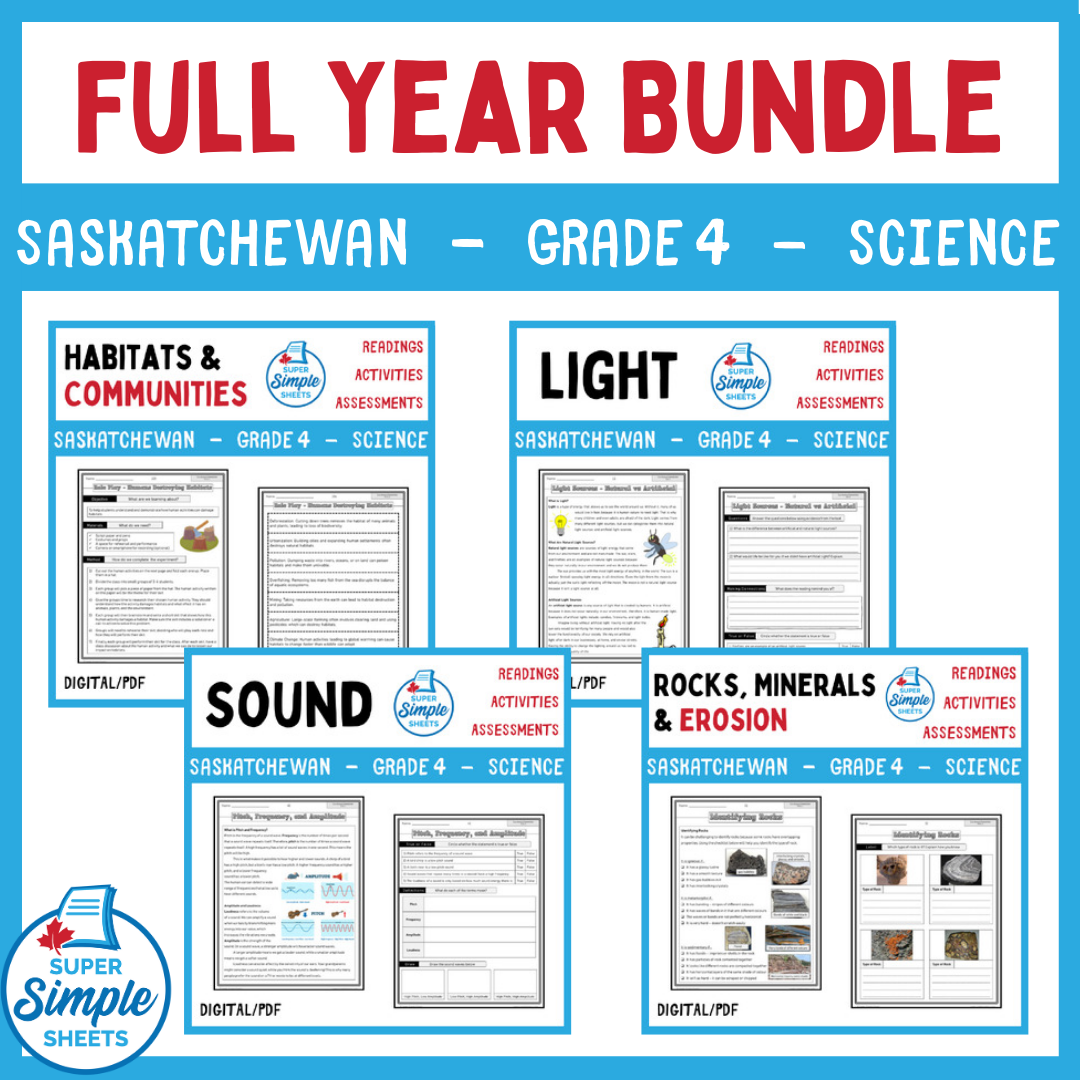
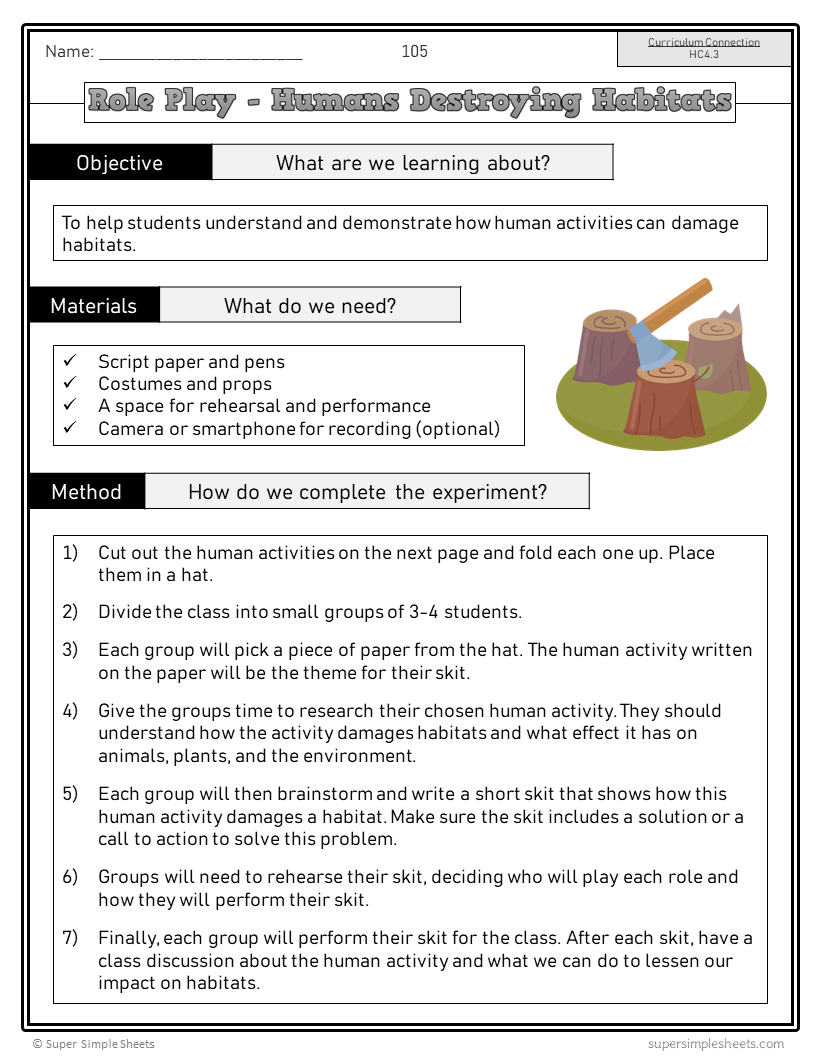
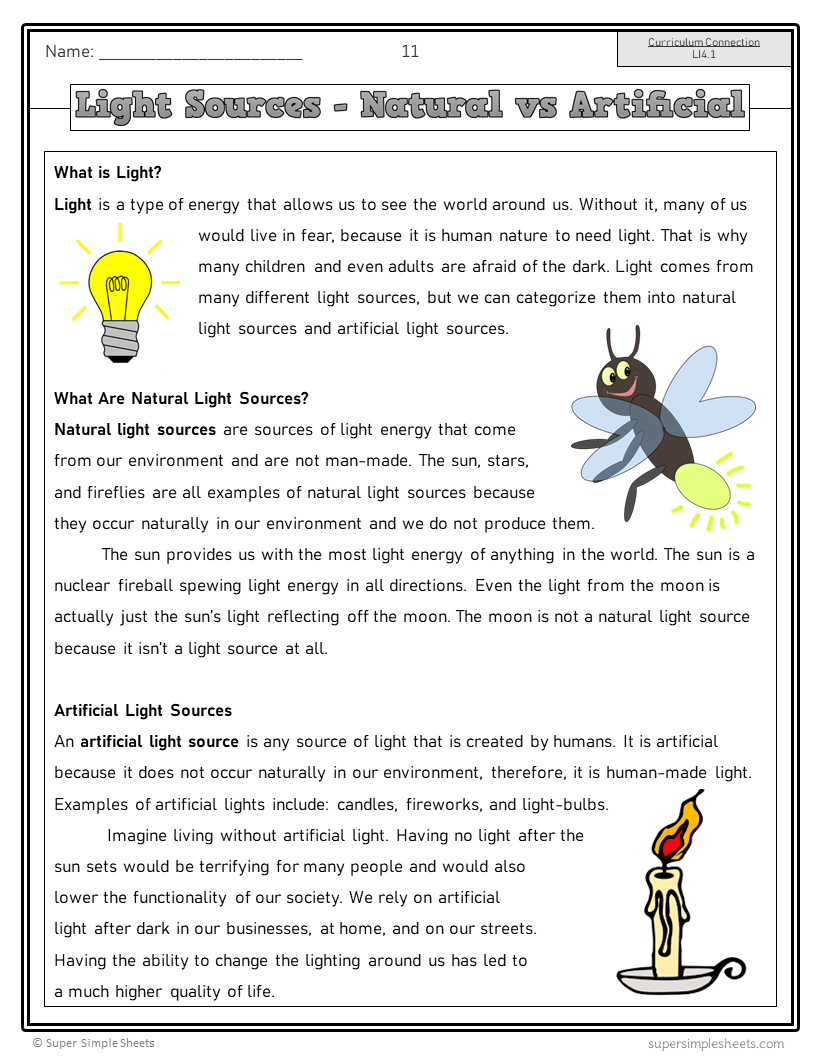
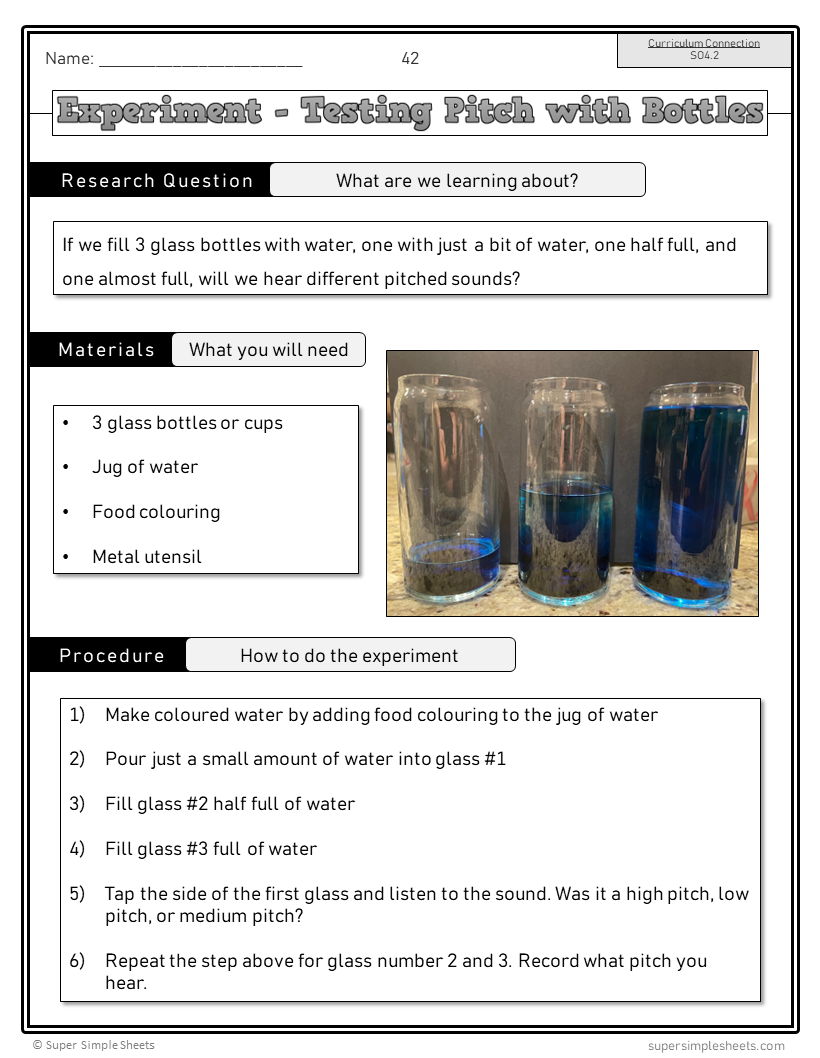
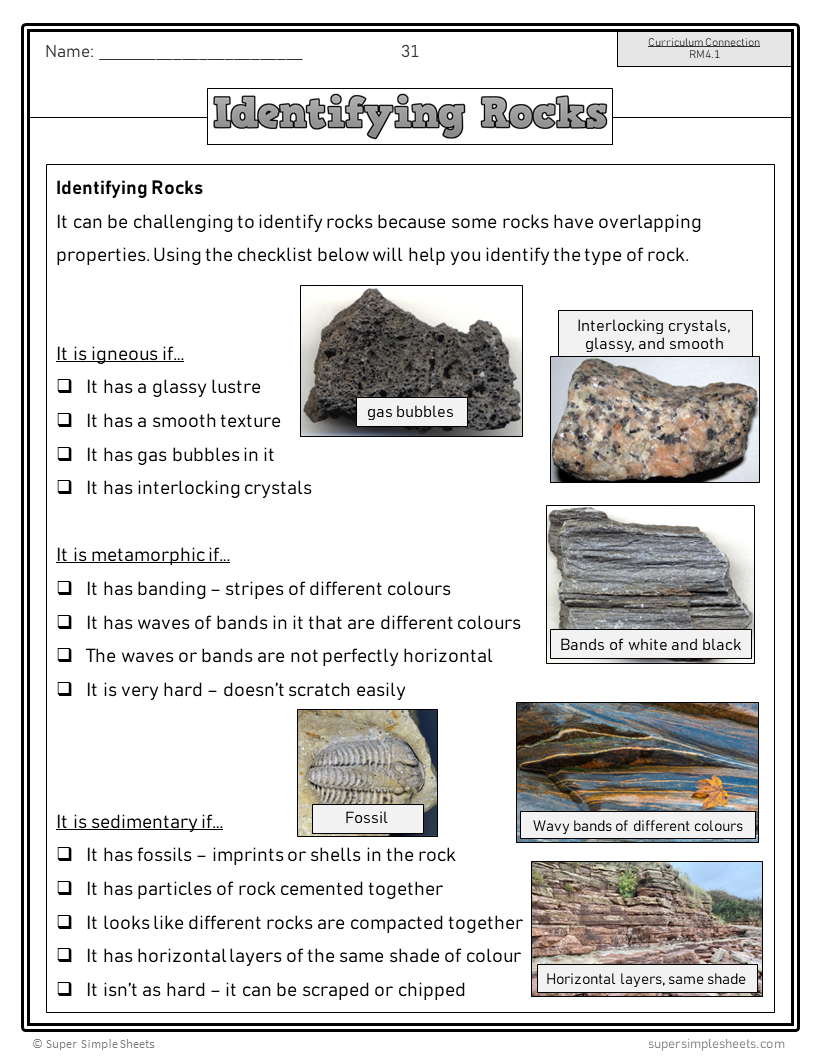
Love it. Quick, easy, kids like it.








